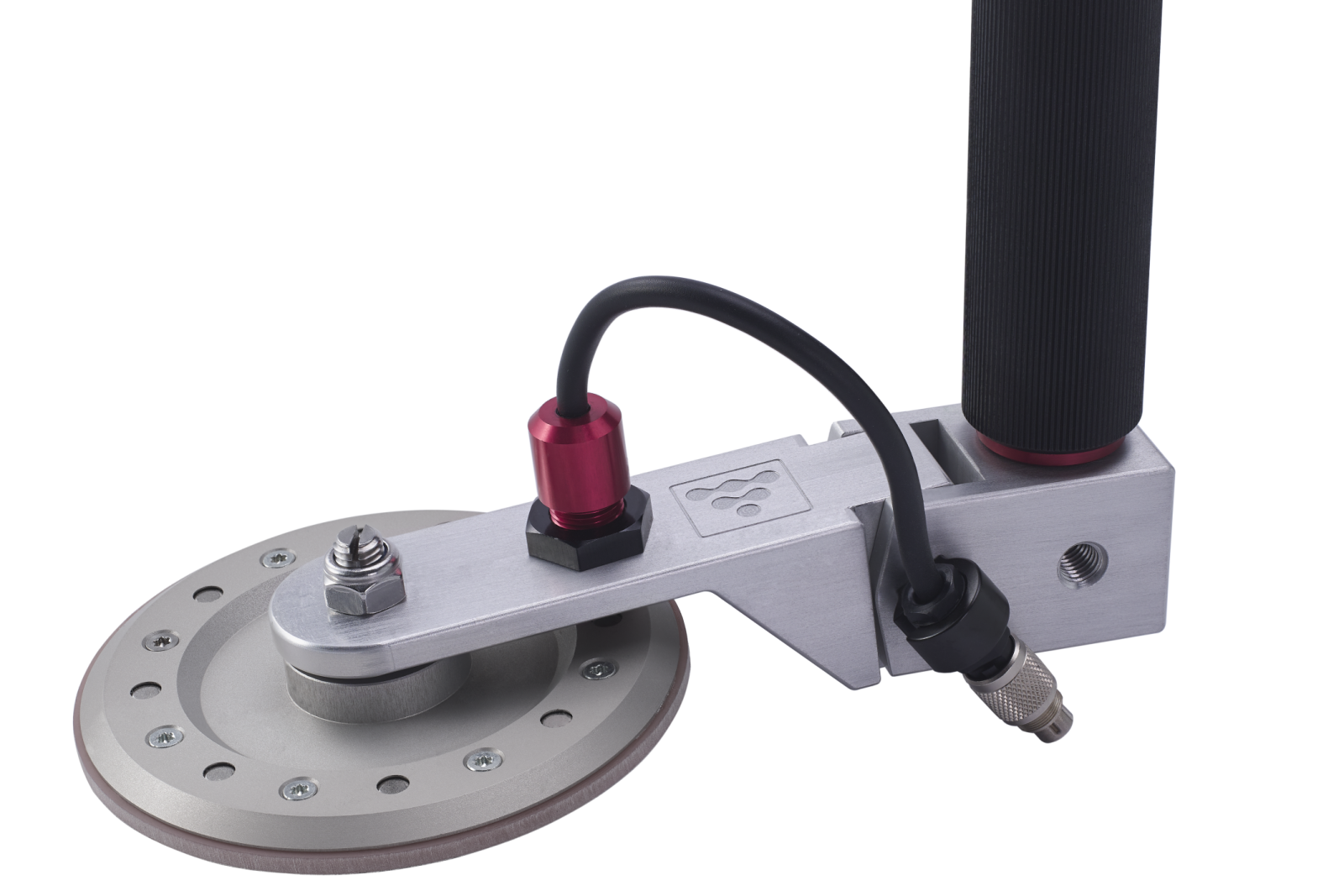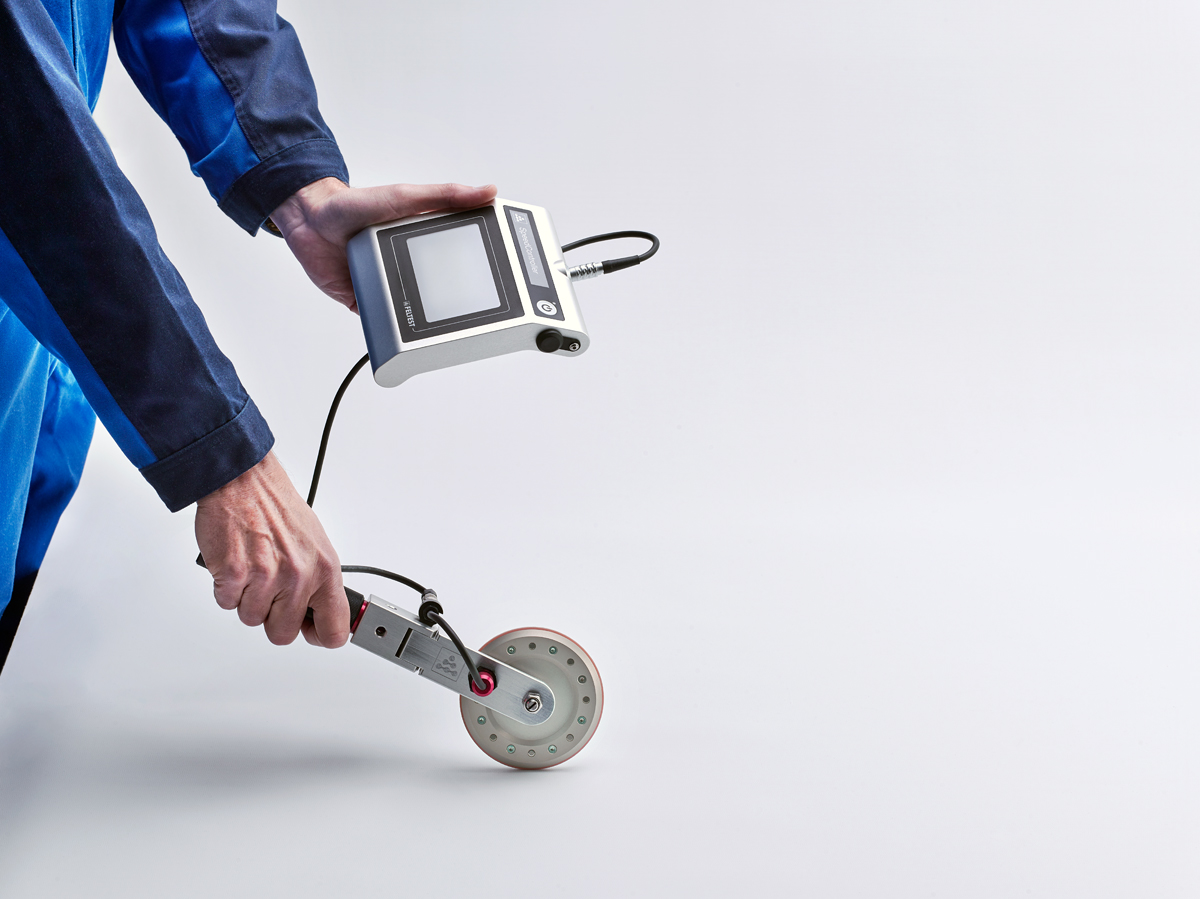Troubleshooting tip: how to spot speed difference problems and reduce machine breaks

In a story that might sound all-too-familiar, a mill in the Netherlands was having problems. One of its machines was having breaks at the pickup roll around 12 times per day—accounting for over 7% of their production time.
They’d tried all the usual tricks to decrease the number of breaks: weekly cleaning shutdowns, changing of critical doctor blades, short circulation boil-outs. But nothing helped reduce the number of breaks.
Through a troubleshooting process with their machine clothing supplier, they discovered a negative speed difference between the forming fabric and the pickup felt. In other words, the bottom fabric was running faster than the press section. After readjusting this difference to zero, the amount of machine breaks went down from 12 to just over 6 per day.
These service measurements allowed the mill to take fabric and felt measurements—and troubleshoot their break issues—but relied on fabric and felt measuring equipment the mill didn’t have in-house. And so, they needed their supplier to step in to undertake a long troubleshooting process.
How to tackle these problems in-house
Every piece of machine clothing must run at precisely controlled speeds, or you’ll run into the same issues as the aforementioned mill.
But controlling those individual speeds comes from the speed control system making a calculated guess: multiplying the roll diameter and the thickness of the felt or fabric with π and the revs of the drive: v(fabric) = π * 2 * R(roll+fabric) * N.

Manually inputting that data puts you at risk of all sorts of errors, from typos and incorrect data, to forgetting to update the data after changing the fabric. Combine this with the fact that slipping drive rolls often go undetected—while the drive control system shows all section speeds are correct—and you’re left facing numerous breaks, unusual draws, sheet surface defects, or worn-out machine clothing.
That’s why we designed Feltest’s TrueSpeed sensor. This handheld tool is the fastest and easiest way to check the surface speed of your rolls and machine clothing yourself—without having to stop the machine—helping you easily identify speed differences (between sections) caused by input errors and slipping drive rolls.
It means no more guesswork. No more unnecessary stops. And no more relying on other parties to take the measurements. Just clear data to detect slipping rolls so you can reduce machine clothing wear and hard-to-find runnability problems.
If it’s time to take more control of your machine, the TrueSpeed sensor is the answer.
